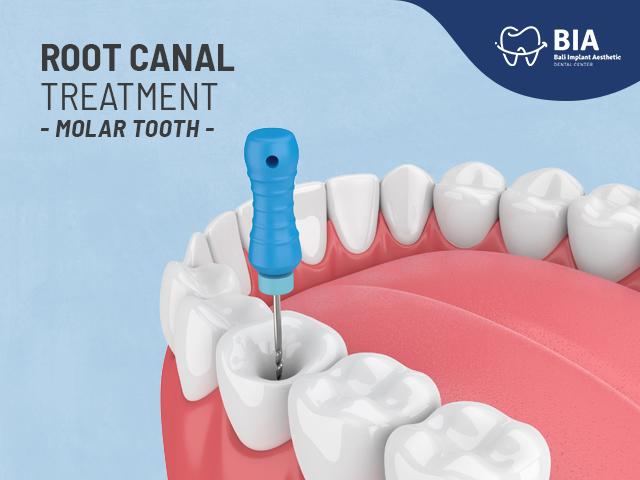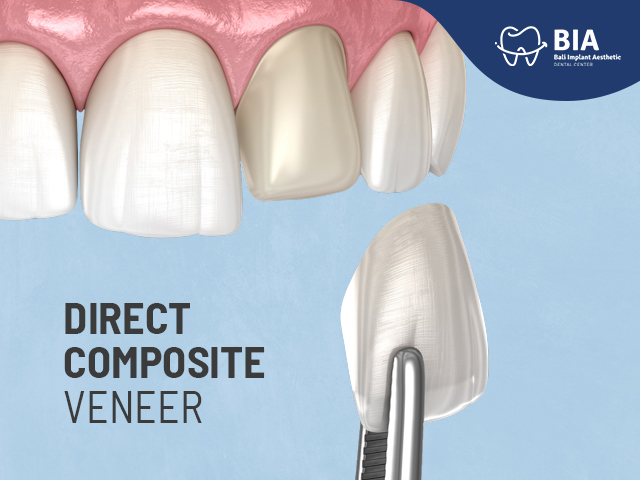Dental Cyst? Treat Immediately Before It Gets Worse
Article | 2021-09-13 08:19:43
Home » Articles » Dental Cyst? Treat Immediately Before It Gets Worse
Dental Cyst? Treat Immediately Before It Gets Worse.
Dental and oral problems are not just about toothache due to infection from cavities. Dental and oral problems can appear with or without symptoms that the sufferer is aware of. For this reason, sometimes dentists advise patients to carry out supporting examinations in the form of dental x-rays to determine the condition of the teeth, the tissues around the teeth, and the jaw joint. One example of dental and oral disease that you can experience is a dental cyst.
A dental cyst is a pocket-shaped cavity filled with cholesterol fluid that is located around the teeth or gums. Dental cysts usually occur due to an infection that is not treated immediately in cavities. Although a dental cyst is a benign lump, if it is not treated immediately, it can be dangerous for your dental and oral health. Dental cysts are often asymptomatic, so they are only discovered when the patient performs dental x-rays on the arrangement of the teeth, the tissues around the teeth, and the jawbone. In fact, the earlier a dental cyst is treated, the less impact it will have on dental and oral health.
One of the most common causes of dental cysts is untreated cavities. Unfortunately, not a few people ignore cavities because they don't hurt yet, or even when they feel sick, many people prefer to deal with it only with painkillers rather than going to the dentist to treat it. Whereas pain relievers only treat the symptoms, not the source of the disease. The process of the disease from cavities will continue until a cavity in the form of a pocket at the end of the root is formed, namely a dental cyst. Tooth cysts do not always appear at the tip of the root of the tooth, but can also appear on the gums, and in certain conditions can appear more than one.
There are several causes of dental cysts, including; infection from cavities that are not treated immediately and eventually the tooth dies, abnormalities in tooth growth (teeth growing sideways), impacted teeth, and genetic factors (very rare). To find out the cause of the dental cyst that the patient is suffering from, the dentist needs to do a direct physical examination and supporting examinations in the form of dental x-rays. Based on the location of its appearance, there are several types of cysts that are common, including:
- Periapical cyst: commonly known as radicular cyst which forms at the base of the tooth as a result of pulp infection and nerve death of the tooth.
- Dentigerous cyst: derived from the tissue surrounding the crown of the tooth that has not erupted or emerged to the surface of the gum, this type of cyst is associated with impacted wisdom teeth.
- Mucocele cyst: a type of oral cavity cyst that develops in soft tissues, such as the inner cheek, lips, and tongue.
- Keratocystic odontogenic tumor (KCOT): a type of cyst that occurs in the lower jaw bone near the third molars, has a tendency to recur like a tumor after a surgical procedure.
Generally, the development of cysts tends to be slow and usually without symptoms, but it is possible that they can develop into malignant tumors or cancer.
Very small tooth cysts can go away on their own and can also be treated with prescription anti-inflammatory drugs and antibiotics. Anti-inflammatory drugs are used to treat inflammation caused by cysts, antibiotics are used for cysts that are accompanied by infection. Sometimes if there is pain, the dentist will prescribe analgesics to reduce the pain.
If the size of the cyst is large and cannot be treated with medication, the dentist will perform surgical removal of the dental cyst. Quoted from the journal Radicular cysts and dentigerous cysts published in the Makassar Dental Journal, there are two methods used to treat cysts, namely:
- Enucleation: a procedure to completely remove the cyst lining which can be performed if the cyst lining is easily separated from the bone attachment. Enucleation can be performed on any small to medium sized cyst.
- Marsupialization: a procedure to return the cyst to its original state, performed by cutting the cyst lining and removing its contents. The effect is that the pressure on the cyst cavity dissipates, stops its spread, and promotes shrinkage of the cyst.
To remove the cyst permanently, you may consider an enucleation procedure. It is different with marsupialization, which is an alternative if the enucleation method is quite risky, especially for large periapical cysts and dentigerous cysts in children.
Make sure you do a supporting examination in the form of dental X-rays if needed before dental treatment. Always consult your dental and oral health problems with your trusted dentist. Unfortunately, not all dental clinics are equipped with X-ray units, so patients usually have to take X-rays elsewhere and return to the clinic to submit X-ray results. BIA (Bali Implant Aesthetic) Dental Center comes with complete facilities, including dental X-rays to support dental treatment, especially oral surgery by dentists who are reliable in their fields. There are several dental x-rays that can be done at the BIA (Bali Implant Aesthetic) Dental Center, including: Periapical, Panoramic, Cephalometry, and even 3D CBCT, which of course will support examination, diagnosis, and assist dentists in determining the best plan of action for You. BIA (Bali Implant Aesthetic) Dental Center is a trusted dental clinic near Kuta and not far from the airport. Don't let dental problems ruin your holiday in Bali, if you are enjoying the beautiful views of Ubud and unexpectedly need a dentist, the distance from Ubud to BIA (Bali Implant Aesthetic) Dental Center is approximately 35 km.
BIA (Bali Implant Aesthetic) Dental Center
Jl. Sunset Road No.86A, Seminyak, Badung, Bali Indonesia 80361.
+6282139396161
REFERENCE:
Higuera, V. Healthline (2018). Dentigerous Cyst.
Houghton, et al. Radiopaedia. Periapical Cyst.
Mappangara S., Tajrin A., & Fatmawati. (2014). Kista radikuler dan kista dentigerous. Makassar Dental Journal Vol.3 No. 6 (2014).
Mayoclinic.org. 2018. Jaw Tumors and Cysts – Diagnosis and Treatment
Sood, et al. (2015). Treatment of Large Periapical Cyst Like Lesion: A Noninvasive Approach: A Report of Two Cases. International Journal of Clinical Pediatric Dentistry, 8(2), pp. 133–137.




